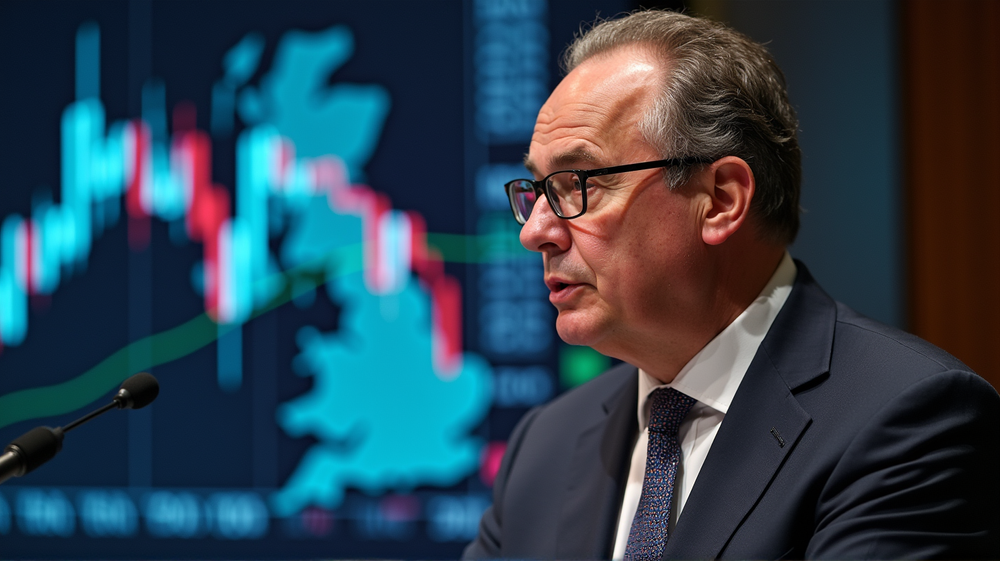UK's Interest Rates Lowered: More Cuts on the Horizon?
The Bank of England has made headlines with its unexpected decision to reduce the interest rates to 4.25%, a move aimed at aligning with the slow inflation rate observed recently. The surprise doesn’t stop there; the governor of the Bank of England, Andrew Bailey, suggested that more rate cuts could be on the horizon. However, he expressed caution, emphasizing a “gradual and careful” approach.
Navigating Economic Challenges with Strategic Partnerships
The rate cut is more than just a simple economic adjustment. It’s a strategic response to various factors plaguing the global economy, such as an ongoing trade war that looms large over the UK’s economic horizon. The new UK-US tariff deal has been hailed as a stepping stone, aimed at countering negative impacts from the trade tensions. Andrew Bailey sees these deals as essential tools for rebuilding the global trading system, indicating a strategic shift in economic policy. According to BBC, measures like these could play a significant role in aiding the UK economy.
Mixed Reactions from the Bank’s Committee
A closer look at the Bank’s committee meeting reveals a lack of consensus. While a majority favored the modest cut to 4.25%, some members argued for a deeper cut in light of the trade tensions. This division shows the complexity of the economic dynamics at play and the different perspectives on handling them.
Effects on Borrowing and Saving
The interest rate cut has direct implications for the average citizen. Those on tracker mortgages might experience some relief, as typical monthly repayments could drop by around £29. Unfortunately, not everyone may feel the positive effects immediately. The majority of mortgage holders are locked into fixed-rate deals, leaving them feeling the pinch of high initial borrowing rates. This rate cut aims to provide a silver lining, especially considering the soaring costs of living due to increasing energy and water bills.
Inflation Predictions and Economic Growth
Although the immediate aim of the interest rate cut is to manage inflation within the target of 2%, current predictions show a temporary rise to 3.5% before stabilizing as energy prices ease. Encouragingly, economic growth in the UK has shown a surprising resilience, predicted to outpace earlier forecasts. The influx of stockpiled goods coming from U.S. firms ahead of new tariffs has given a much-needed boost to the economy.
A Balancing Act
The balancing act between controlling inflation and promoting growth is a nuanced task. The Bank remains optimistic, though challenges remain evident. High interest rates are often seen negatively because they can curb business investments, but the strategic rate cuts indicate a calculated move towards economic revitalization.
With keen eyes on future rate cuts, the public remains hopeful yet cautious, as adjustments are made to ensure economic stability. The unfolding decisions by the Bank of England serve as a reminder of the delicate dance between economic policy and real-world effects.
The next few months will be critical as we watch for further moves by the Bank of England and their impact on both local and global scales, setting a new stage for economic strategies and realities.




